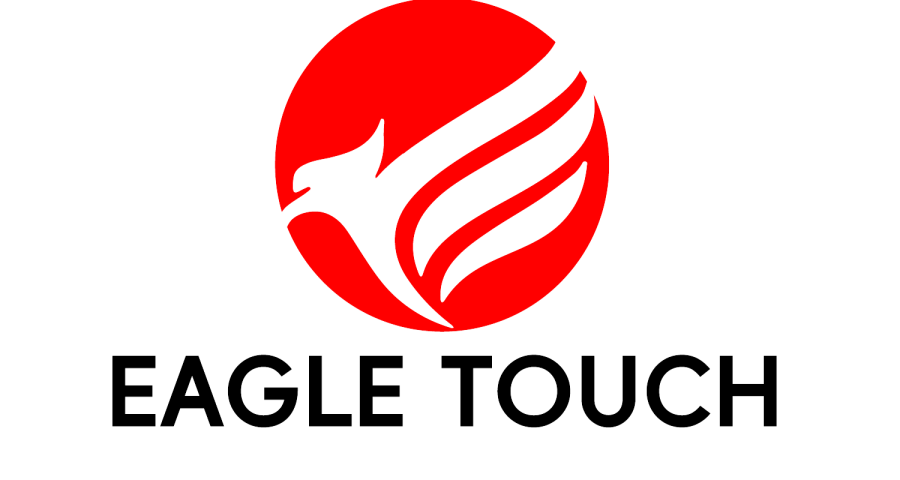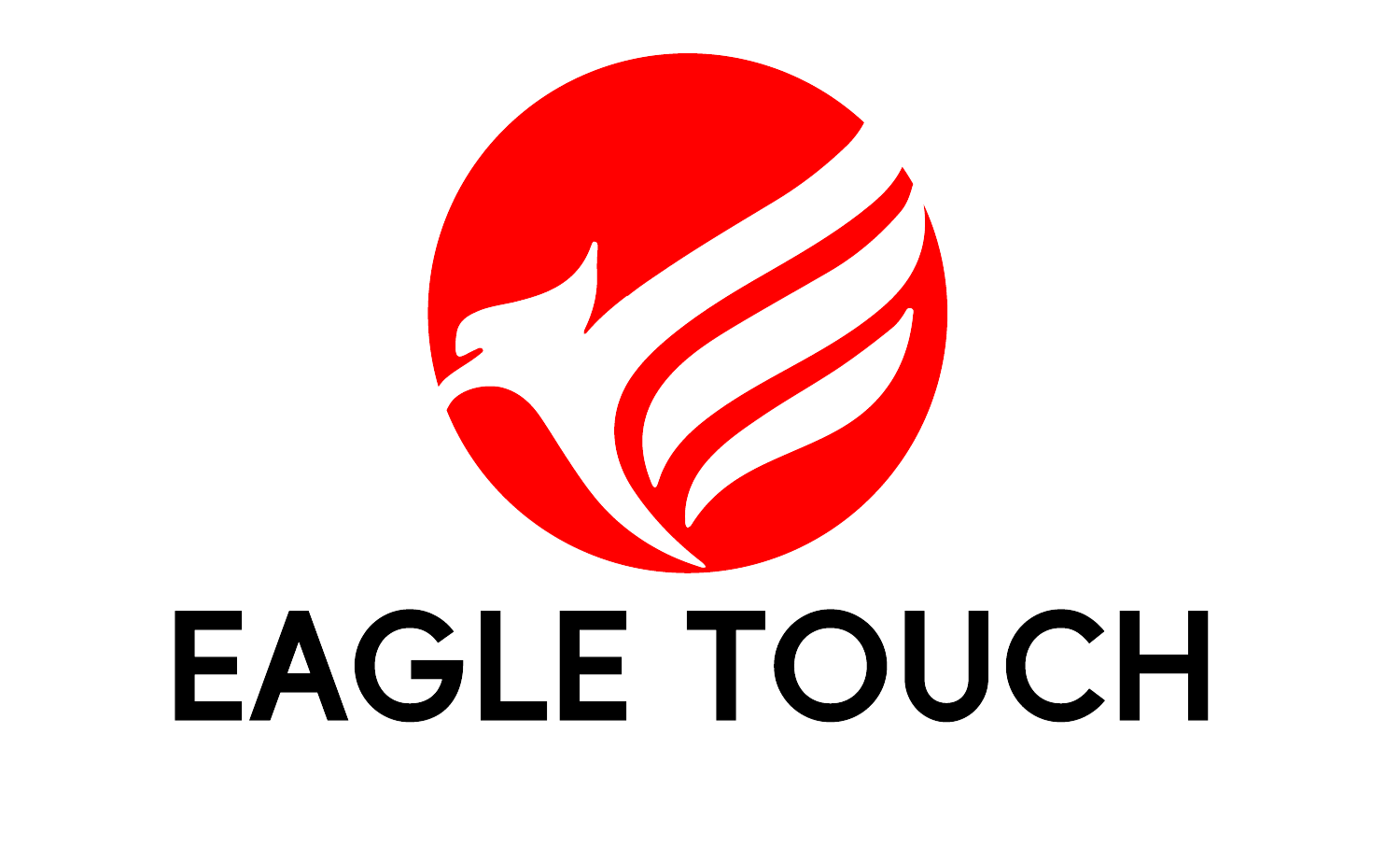
Industrial touchscreen monitors are revolutionizing the way businesses operate, enhancing productivity across various sectors. Yet, in the complex landscape of monitor selection, precision is key. This comprehensive guide will break down the crucial factors, simplifying your decision-making process and helping you make the best choice.
Mastering Your Operational Environment
The foundation of selecting the ideal touchscreen monitor for industrial use lies in understanding your operational environment. Industrial settings can be harsh, with extreme temperatures, vibrations, and dust. To ensure top performance and durability, choose a monitor designed to thrive in these conditions.
Key Features to Look For:
- IP65 Rating or Higher: Provides vital resistance against dust and water, extending the monitor’s lifespan.
- Sunlight Visibility: Ensure it operates effectively under sunlight.
- Vibration and Shock Resistance: A must to withstand the industrial environment.
- Wide Temperature Range: It should function flawlessly within your environmental temperature range.
Finding the Right Size, Resolution, and Brightness
Selecting the perfect monitor size is an art. It should fit your workspace seamlessly while not interfering with other operations. Simultaneously, it should be user-friendly.
Considerations:
- Resolution: High-resolution monitors (e.g., 1920×1080) for applications demanding display clarity and precise touch input.
- Brightness: Opt for high-brightness monitors, crucial for outdoor or bright environments.
- Wide Viewing Angle: A monitor with a wide viewing angle offers a superior user experience.
Unraveling Touch Technology
The type of touch technology integrated into your monitor is another vital aspect.
Types to Choose From:
- Resistive: Known for anti-jamming performance, ideal for harsh industrial environments.
- Capacitive: Offers high accuracy and longer lifespan, supporting multitouch functions.
- Infrared: Suitable for larger industrial applications, with superior sensitivity.
Exploring Connectivity Options
In today’s interconnected world, your monitor’s ability to connect with various devices is crucial. Look for connectivity options such as HDMI, VGA, DVI, and DP to cater to diverse industrial application needs.
Evaluating Mounting Options
Consider how your monitor can be mounted. It should offer flexibility, supporting VESA mounting, panel mount, or openframe mounting, depending on your spatial requirements and application specifications.
Scrutinizing Temperature Range
Industrial settings demand monitors that can operate within specific temperature ranges. Ensure your chosen monitor can perform optimally under the conditions of your environment.
Emphasizing Durability
In the industrial world, durability is a necessity, not a luxury. Your monitor should withstand harsh conditions, resist wear and tear, and operate reliably over extended periods. This not only ensures continuous operation but also reduces the total cost of ownership.
Cost-Effectiveness Matters
Touchscreen monitors come in various price ranges. Balance cost with the features and functionality you require. Don’t forget to factor in potential long-term costs like maintenance and repairs.

Additional Considerations
- Customization Options: Does the manufacturer offer customization? This could include design alterations, interface modifications, and more to suit your industrial aesthetics.
- Operating System Compatibility: Ensure the monitor integrates seamlessly with your industrial setup’s operating system.
- Power Consumption: Opt for energy-efficient monitors for cost-effectiveness and environmental friendliness.
- Certification: Choose monitors with CE, FCC, UL, and RoHS certifications, indicating safety standards and regulatory compliance.
- Warranty and Support: Prioritize manufacturers offering robust warranty and support options.
When it comes to selecting the ideal touchscreen monitor for industrial use, your path to success lies in the careful consideration of these elements. By prioritizing features like dust and water resistance, resolution, brightness, and durability, you’ll ensure your monitor can handle the demanding industrial environment. Balancing cost with functionality and looking for customization, compatibility, energy efficiency, and certifications will lead you to the perfect choice. Additionally, opt for manufacturers offering strong warranty and support options to safeguard your investment. With these answers in mind, you’ll make a well-informed decision that elevates productivity in your industrial operations to new heights. Choose wisely, and watch your business soar.





